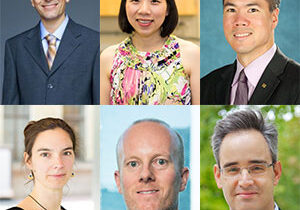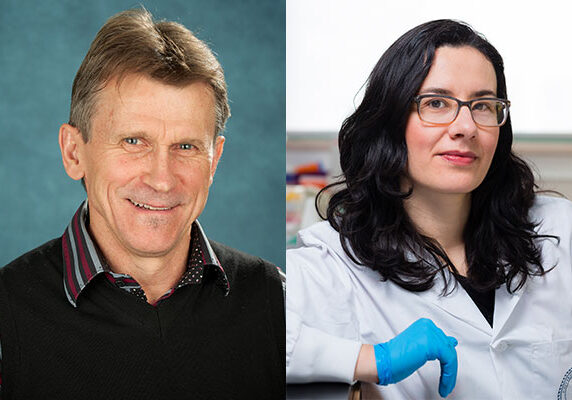
Two CREATE grants boost U of T Engineering research into optical technology and lab-grown human tissues
Two CREATE grants received by Professors Peter Herman and Milica Radisic will help train a new generation of experts in optical technologies and tissue engineering

New industry partnership with Huawei fosters collaborations on next-generation technologies
Agreement establishes terms to facilitate collaboration on pressing challenges in cloud computing, data centre optimization and beyond
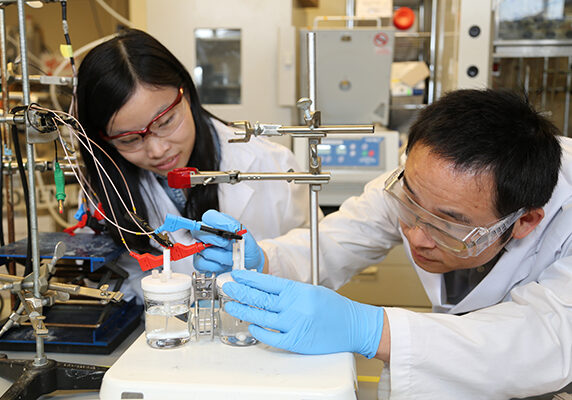
Saving sunshine for a rainy day: New catalyst offers efficient storage of alternative energies
International team led by U of T Engineering designs world’s most efficient catalyst for storing energy as hydrogen by splitting water molecules
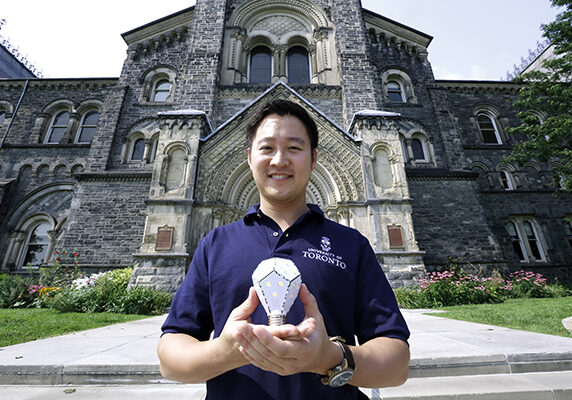
Federal government backs three U of T Engineering startups and their clean tech innovations
Nanoleaf, QD Solar and ARDA Power Inc. received a total of almost $6 million from Sustainable Development Technology Canada

Multidisciplinary capstone project: App helps firefighters track hazard exposure
Smartphones could soon join axes, ladders and helmets as indispensable tools of the firefighting trade, thanks to a group of recent graduates from U of T Engineering

Meet three robots engineered at U of T that could improve — or save — your life
Group of international journalists visits Mechanical & Industrial Engineering labs to learn about U of T Engineering research in robotics and automation
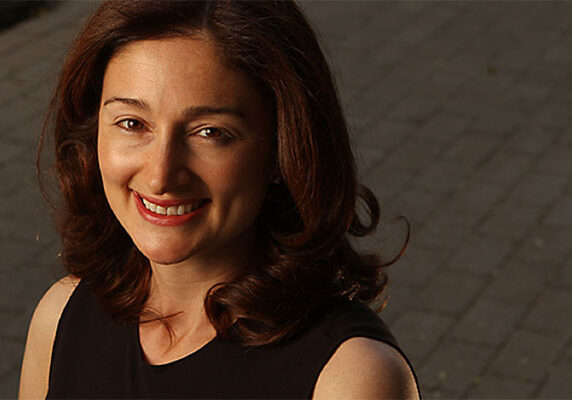
Catherine Lacavera: Google’s IP and litigation all-star
Catherine Lacavera (CompE 9T7) has been director of IP and litigation at Google for more than 10 years, where she and her team handle one per cent of all patent litigation in the United States.
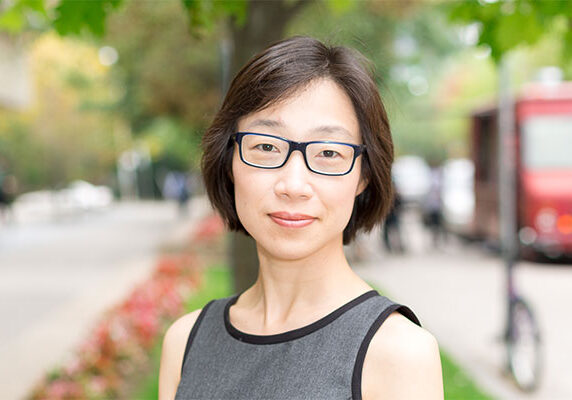
Smarter scans could detect cancer earlier
Professor Hai-Ling Margaret Cheng was working as an electrical engineer in the aerospace and defence industry when she had an epiphany: she realized the signal-processing techniques she was using to improve radar for remote sensing could also enhance magnetic resonance imaging (MRI) scans.

